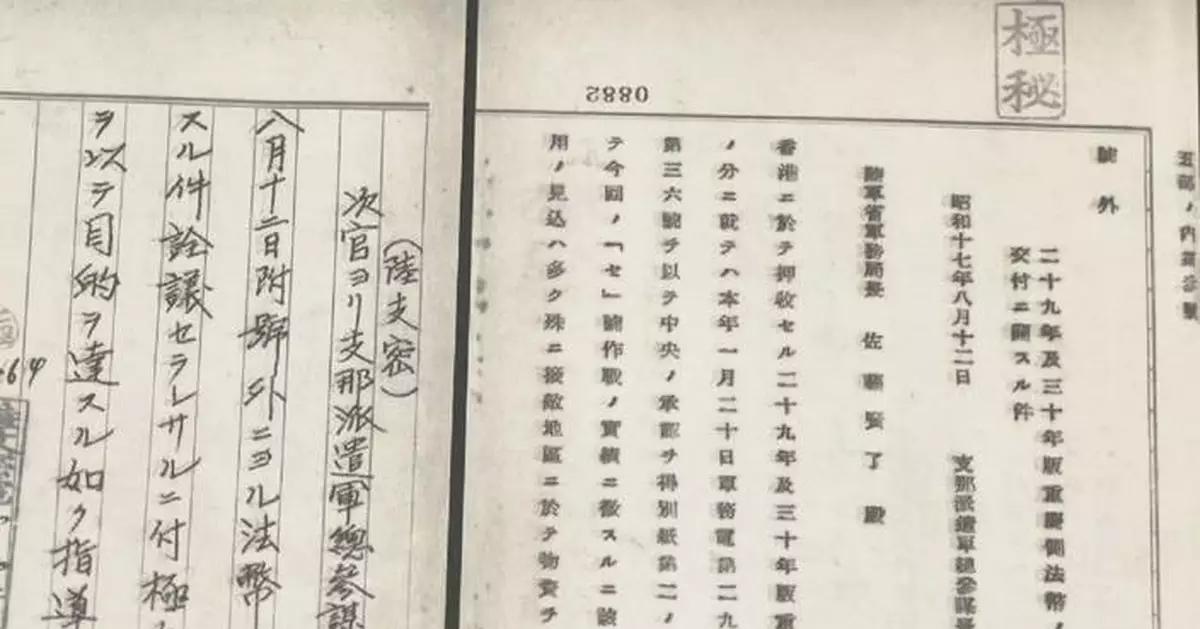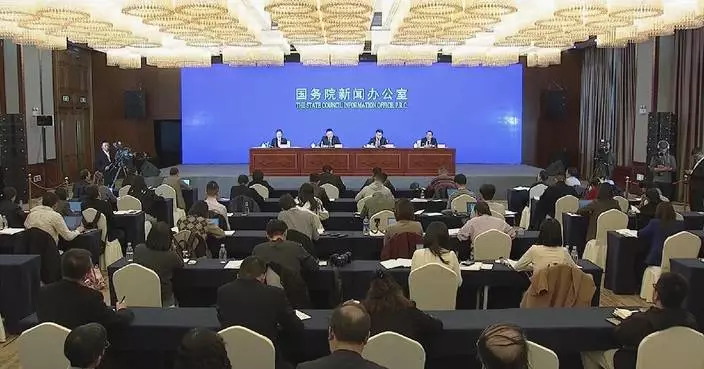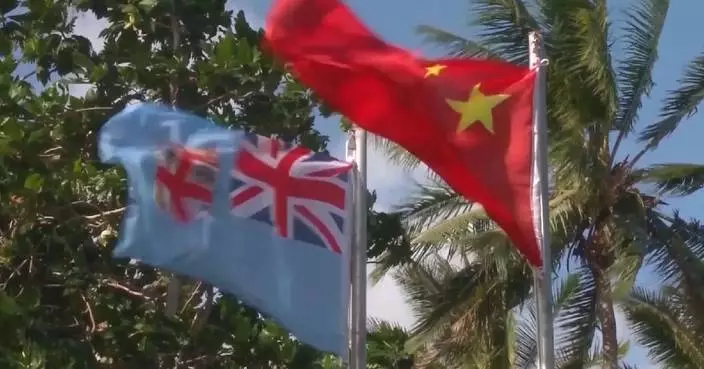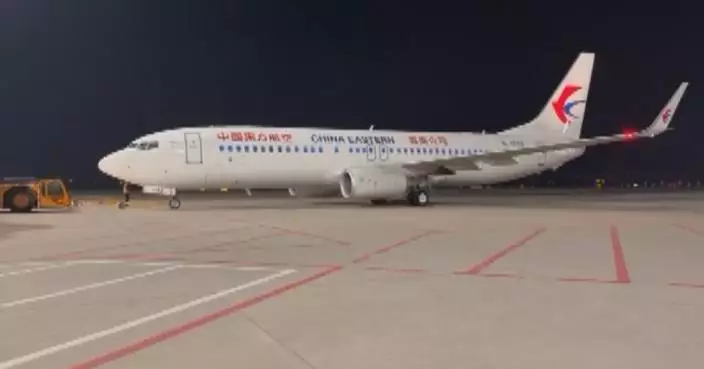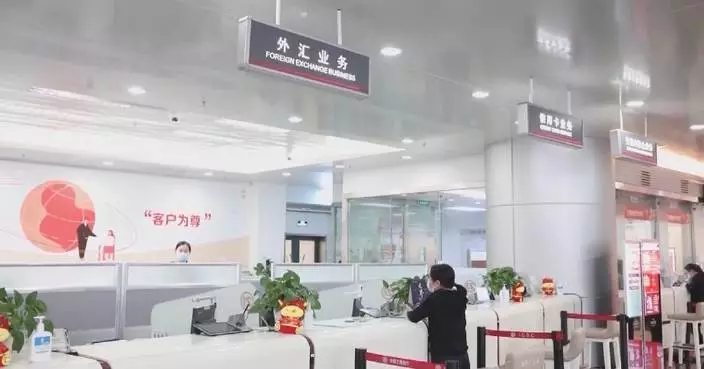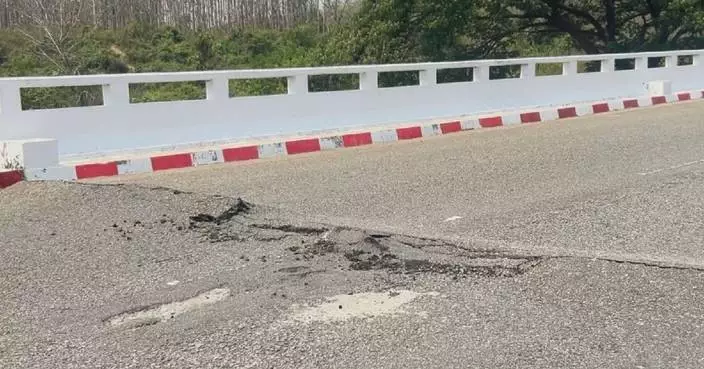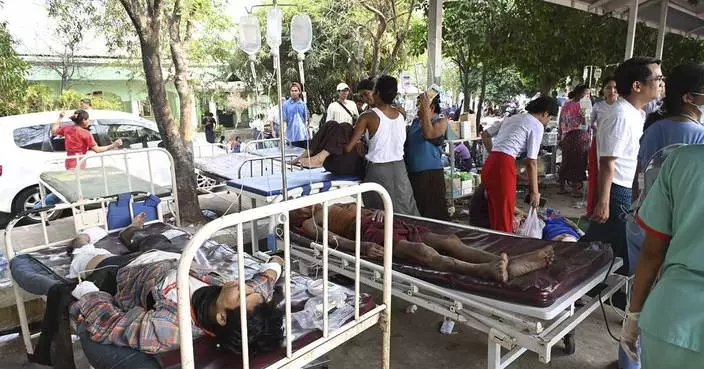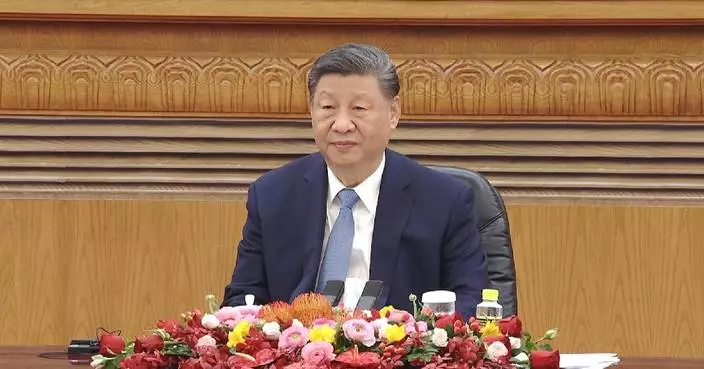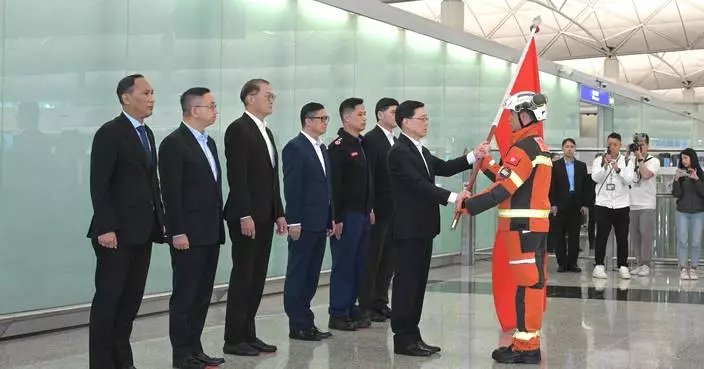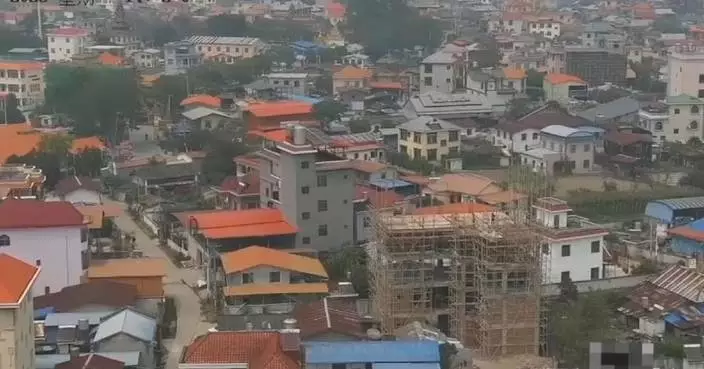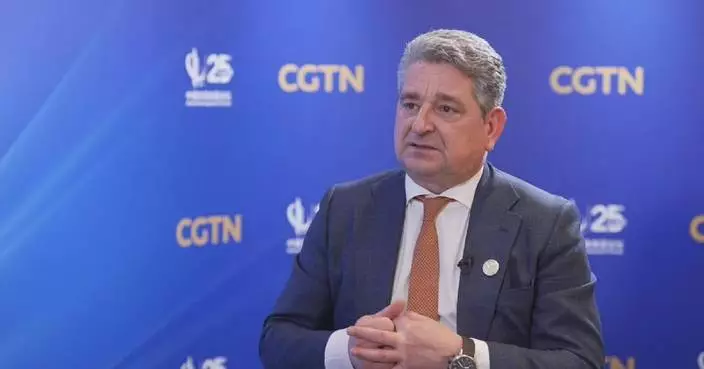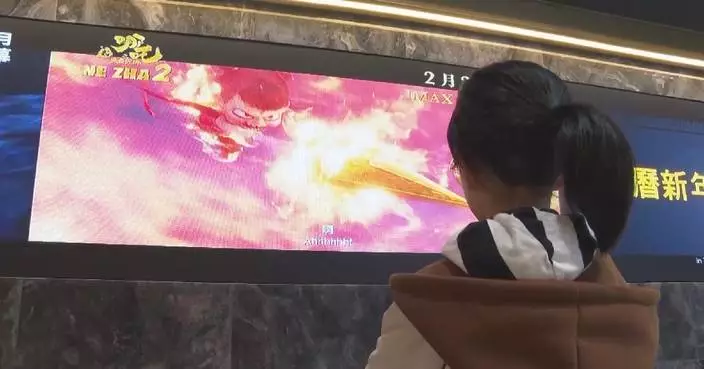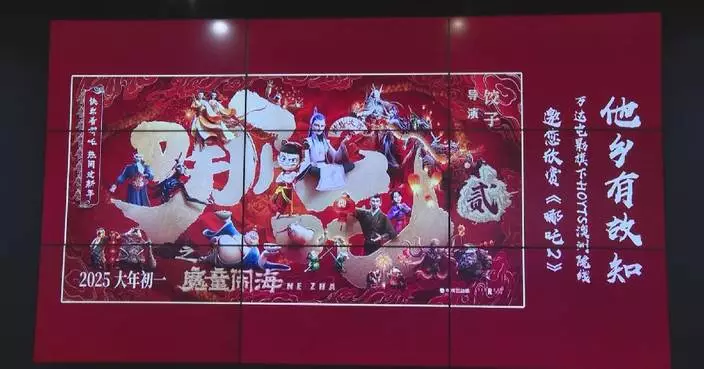Seiya Matsuno, a Japanese scholar, on Tuesday donated a trove of wartime Japanese documents to the Guangdong Provincial Archives in China, marking the first appearance of original Japanese evidence detailing Imperial Japan's systematic forgery of Chinese currency in Hong Kong during its invasion of China.
The donated archives, authenticated by WWII historians at South China Normal University, include correspondence between Japan's War Ministry and the General Staff of its Expeditionary Forces in China.
They conclusively prove that Japanese troops looted the Kuomintang government's banknote printing machines in Hong Kong and mass-produced counterfeit currency as part of a calculated economic warfare strategy. The records specify the counterfeit bills' quantities, production sites, distribution channels and usage protocols.
Matsuno, a researcher at the International Peace Research Institute of Meiji Gakuin University in Japan and a distinguished professor at Heilongjiang International University, said that the fact that the Japanese army manufactured counterfeit banknotes for economic purposes can be verified for the first time with historical data.
"The fact that the Japanese army manufactured counterfeit banknotes for economic purposes has been revealed through the testimony of relevant personnel of the Japanese Army. Through the information disclosed this time, such fact can be verified for the first time with historical documentation, which is very important," Matsuno said.
"This was written by the aggressors themselves, which is tantamount to a confession of the Japanese invasion. So I think it has very important historical value for further in-depth disclosure of Japan's war crimes against China," said Xiao Zili, a history professor at South China Normal University.
Also on Tuesday, Matsuno, known for previously donating evidence related to Japan's Unit 731 and chemical warfare in China, also contributed a photo album from the Imperial Army's 104th Division, which participated in the invasion of Guangdong.
He shared research on Japan's "gas warfare" and "secret war" in southern China, and stressed the importance of learning from history to cherish peace.
The year of 2025 marks the 80th anniversary of the victory of the Chinese People's War of Resistance against Japanese Aggression and the World Anti-Fascist War.
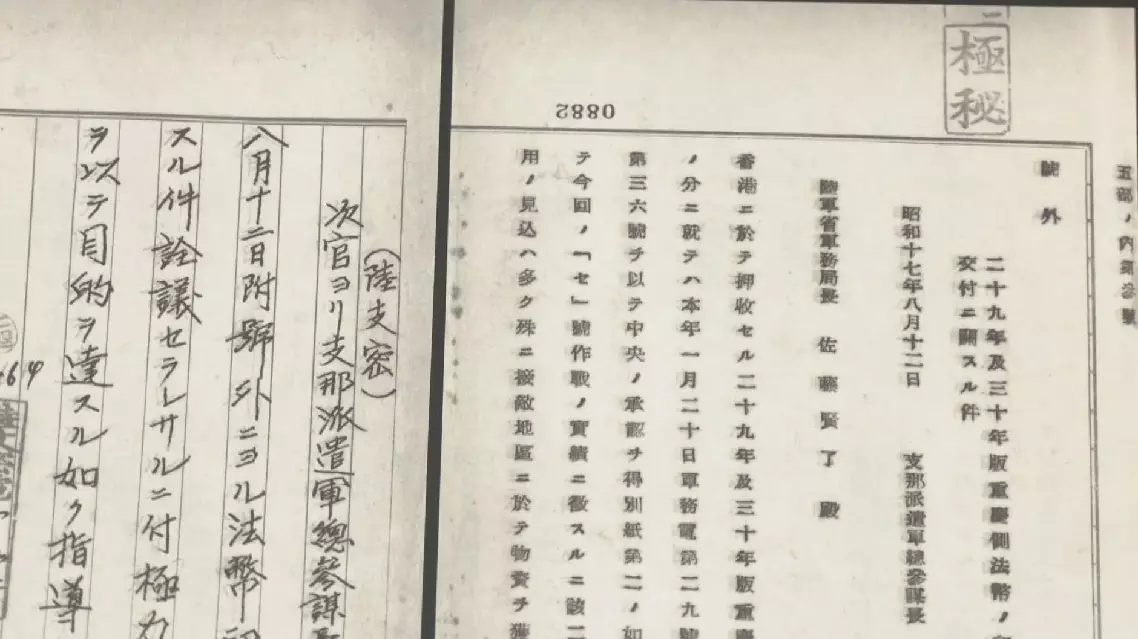
Scholar unveils documents verifying Japan's counterfeit-note warfare crimes in China
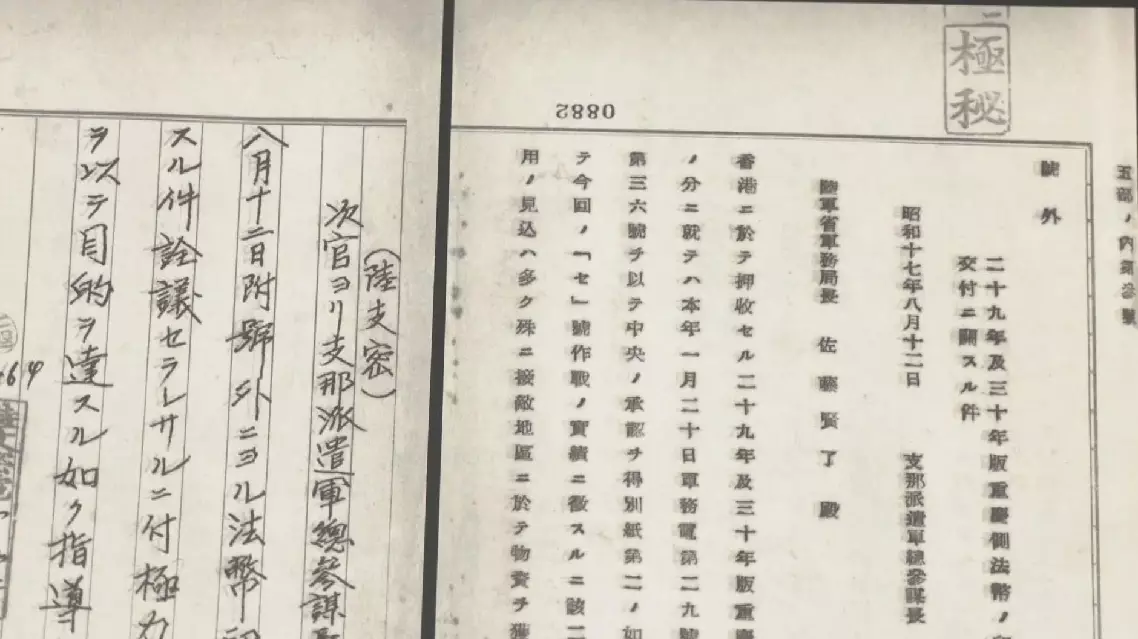
Scholar unveils documents verifying Japan's counterfeit-note warfare crimes in China

Scholar unveils document of Japan's counterfeit-note warfare crimes in China


